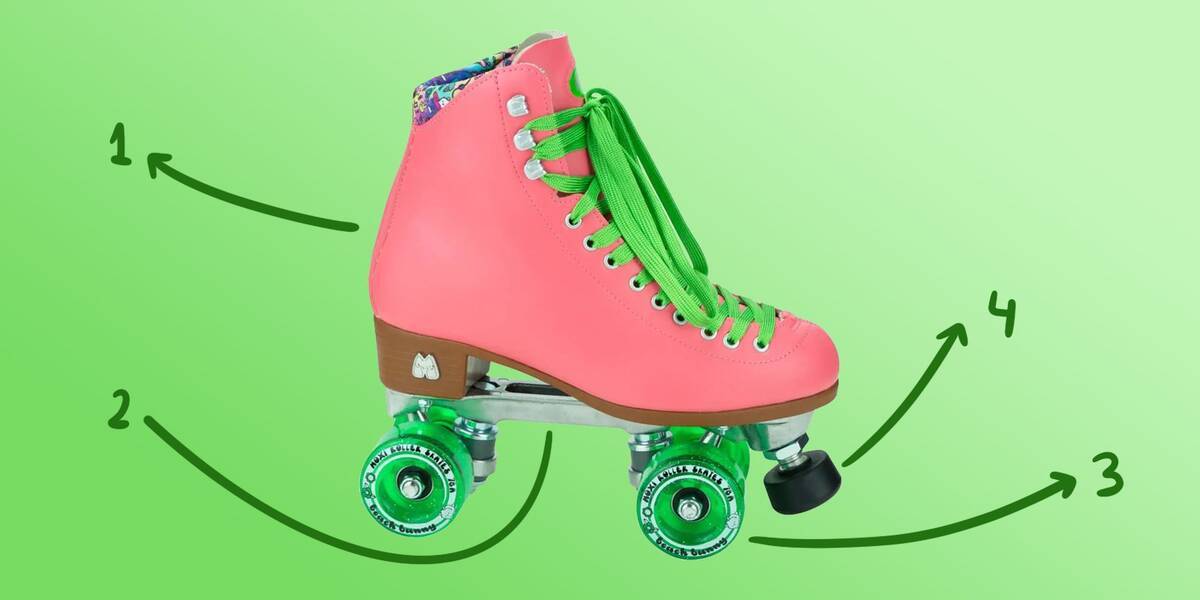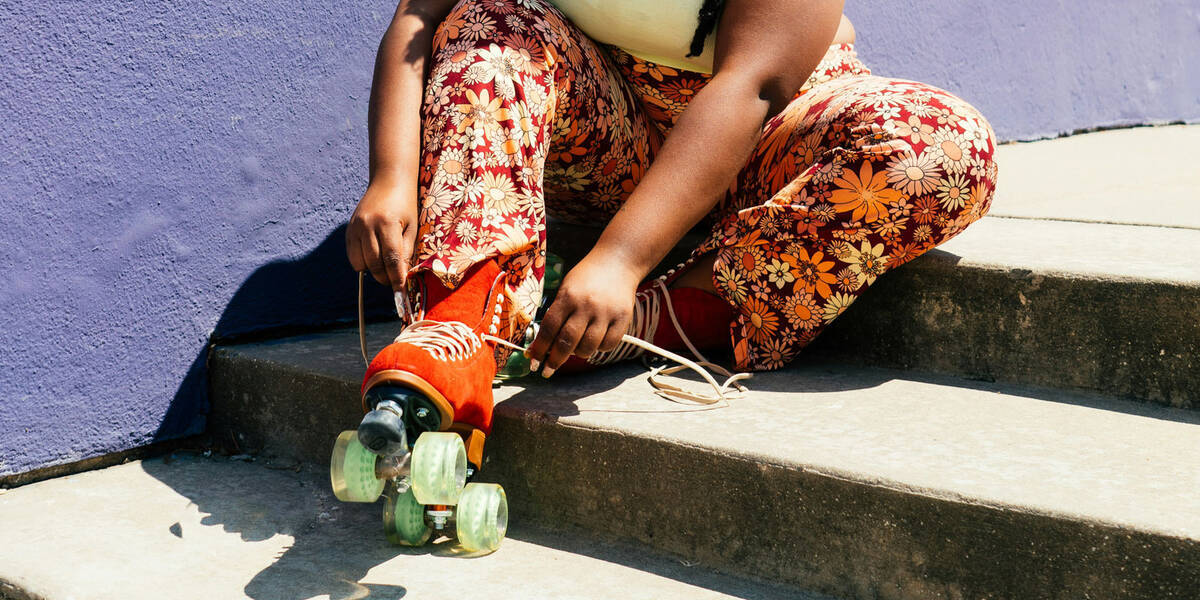Purchasing the Finest Starter Roller Skates

Choosing the ideal roller skates for new skaters necessitates a focus on comfort and stability to guarantee an enjoyable skating experience. To aid you in navigating the many choices, we've crafted this guide which includes our top picks for your initial pair of roller skates. This guide offers all the insights you require.
Overview
How to Select Roller Skates for Newcomers?

- Boot
- plate/truck
- Wheels
- Toe stop
If you're just starting, it’s crucial to have roller skates that are comfortable to avoid frustration during your learning phase. Consider skates with softer wheels as they mitigate surface vibrations, facilitating easier control. Moreover, large wheels can complicate roller skate management. Select skates that provide strong ankle support, cushioned liners, and soft wheels in a size that suits you perfectly.
With these qualities, you'll be set to embark on quad skating like an expert:
- Ankle Support: A high boot confers superior ankle support and stability, a vital feature for novices.
- Comfortable Liners: Seek out skates with padded foam liners to guarantee comfort during wear.
- Wheels: Soft wheels (typically around 78A-85A durometer) ensure better grip and a smoother ride, ideal for beginners. A wheel diameter ranging between 54 mm to 58 mm is a suitable starting point, as smaller wheels offer easier control.
- Toe Stop: A reliable toe stop is critical for safety and control.
To explore our entire range of beginner roller skates, click the link below and sort our options by "skill level":
How to Determine the Size of Roller Skates for Beginners?

Choosing the correct size of roller skates isn’t always straightforward based merely on your shoe size. Skate sizes may vary by model and brand, making precise foot measurement crucial prior to choosing a size. This allows you to match your foot’s exact measurement with the size chart provided for each skate model.
If your measurement falls between sizes, opt for the larger size.
Here’s how to accurately measure your foot:
- Stand on a firm, even surface.
- Position a sheet of paper against the wall.
- Place your heel against the wall with your foot flat on the paper.
- Mark the point of your longest toe on the paper.
- Measure the distance from the wall or paper edge to this mark.
- Measure both feet and use the larger measurement for your skate size selection.
Adhering to these steps will ensure your skates fit perfectly, enhancing both comfort and enjoyment during skating.
How Should Roller Skates Fit?

Roller skates should fit snugly around the foot without causing discomfort. Incorrectly fitted roller skates can lead to discomfort or even injuries. Beginners should choose skates that provide strong ankle support and have secure laces that firmly bind the boot around the ankle.
When you're trying on your first pair of skates, consider the following aspects:
- Break-In Period: Initially, new roller skates might need time to break in. If they come with foam padded liners, they should be comfortable almost immediately.
- Toe Space: Your toes should be near the skate tip but should not touch it. There should be ample space to slightly move your toes.
- Ankle Support: Proper support should be evident at the ankles sides, with the ability to bend knees and ankles forward.
- Laces: The science of lacing is complex. As a beginner, ensure laces are tight enough for support but not so tight to cause discomfort.
The Role of Toe Stops on Roller Skates

Toe stops are vital for halting and regulating speed on roller skates. Positioned at each skate’s front, they are utilised in various braking techniques by generating friction against the ground. They also assist in executing specific moves, akin to toe picks on figure skates.
Toe stops are important for safety, enabling skaters to move on their front foot, facilitating movement up a staircase or on non-rolling surfaces. In essence, toe stops are critical for improving both performance and safety in roller skates.
We offer a diverse collection here:
Methods for Braking on Roller Skates
Braking is vital for novice quad skaters, with several techniques available. As a novice, mastering effective braking should be a primary focus when starting.
A fundamental method is the t-stop, which involves trailing one leg behind you at a perpendicular angle to the other skate. It's imperative to perform this technique with the wheels on the outer edge for friction, rather than the inner ones. Utilizing the outer wheels results in a smoother stop than when using the inner wheels in T-stops.
Advancing to the next level, you'll learn to halt by turning 180 degrees to skate backward and then leaning forward on the toe stops. Discover this and more here:
What Safety Gear is Necessary for Roller Skating?

For roller skating, utilising protective gear is vital for safety. Below is a list of recommended protective equipment before starting your roller skating journey:
- Helmet: A well-fitted helmet is essential to safeguard your head from severe injuries.
- Wrist Guards: These protect against wrist injuries by providing support and cushioning in case of falls.
- Knee Pads: Knee pads shield your knees from scrapes, bruises, and potential fractures.
- Elbow Pads: Protect your elbows from impacts and abrasions with these guards.
Utilising this protective gear can diminish injury risk, making your roller skating experience safer and more enjoyable. We advise all beginners to get a set of protective pads and a helmet along with their initial skate purchase. Wearing protective gear is crucial to safely enjoy roller skating!
